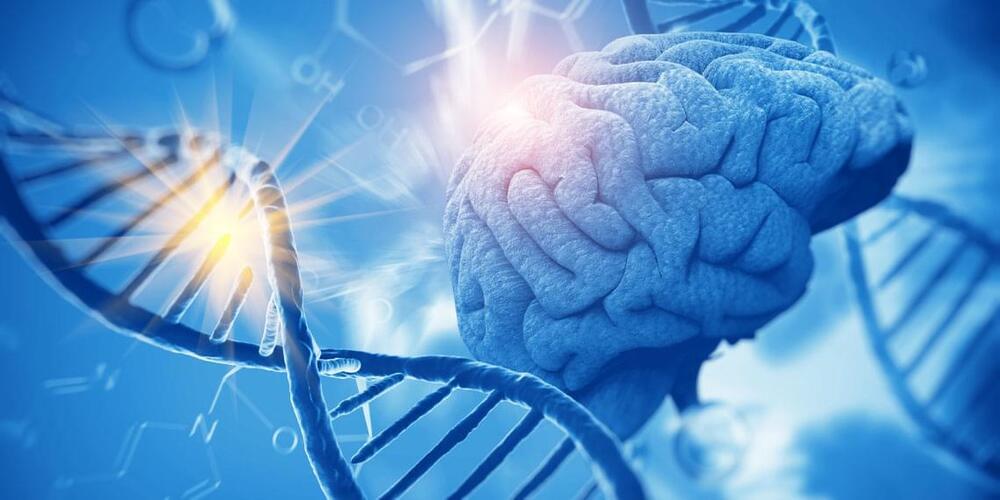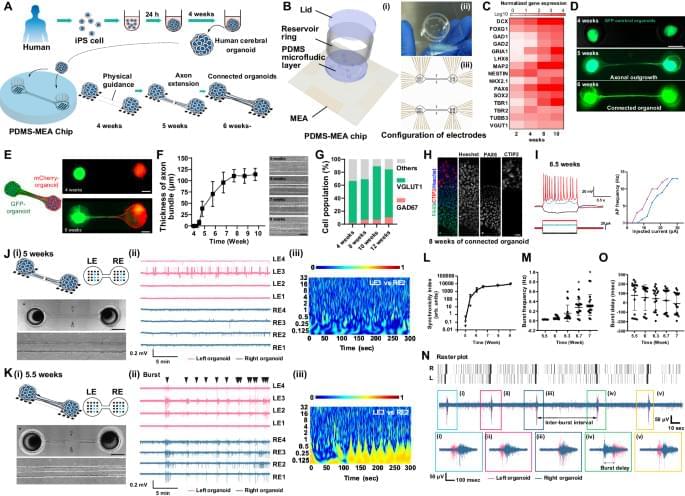May 8, 2024
Some problems of the very intuitive evolutionary emergentist paradigm trying to explain consciousness from neurons
Posted by Dan Breeden in categories: computing, neuroscience
Some problems of the very intuitive evolutionary emergentist paradigm trying to explain consciousness from neurons, thanks to Andrés Gómez Emilsson and Chris Percy at Qualia Research Institute:
The “Slicing Problem” is a thought experiment that raises questions for substrate-neutral computational theories of consciousness, particularly, in functionalist approaches.
The thought experiment uses water-based logic gates to construct a computer in a way that permits cleanly slicing each gate and connection in half, creating two identical computers each instantiating the same computation. The slicing can be reversed and repeated via an on/off switch, without changing the amount of matter in the system.















